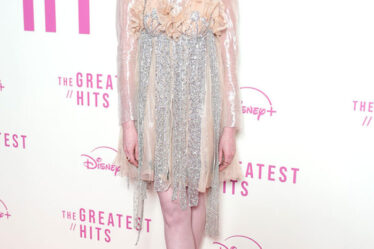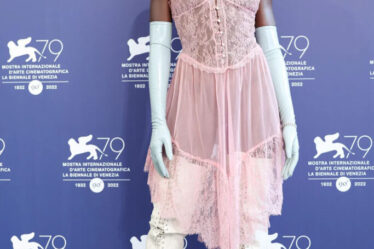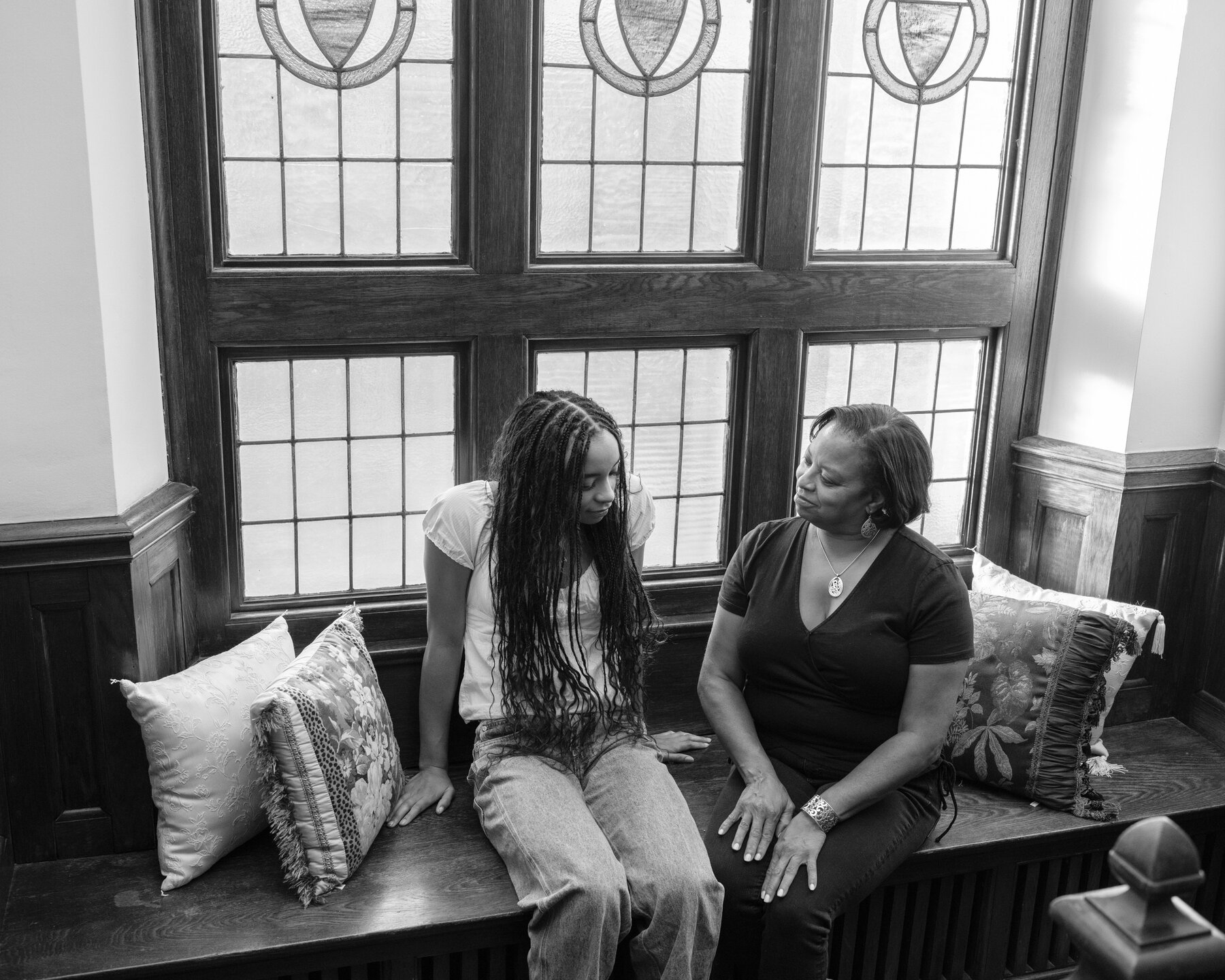
In a heady swirl of bright white silk and lace, the young ladies of the Cotillion Society of Detroit Educational Foundation are presented as debutantes.
The Society’s annual ball is the culmination of eight months of etiquette lessons, leadership workshops, community service projects and cultural events. As the girls take to the dance floor, they become part of a legacy of Black debutantes in the city and beyond.
Debutante balls, which traditionally helped girls from high society find suitable husbands, emerged from Europe in the 18th century. Black Americans have adopted a unique version of them since at least 1895. Responding to the politics of the Jim Crow era, these balls, which emphasized women’s education, echoed the work of the racial upliftment movement and women’s clubs, said Taylor Bythewood-Porter, the curator of a recent exhibition on Black cotillions at the California African American Museum. Organizers saw the balls as a way to “dismiss the idea of Black people not being smart enough, or good enough, or worthy enough.”
For today’s debutantes, many of whom grew up in predominantly white neighborhoods of Detroit, gaining an informal network of Black adult mentors was “life-changing,” said Sage Johnson, 17. “Signing up for debutantes, I thought it was just one big ball. But there were a lot more layers to it.”
On the day of the ball, as months of study and rehearsals come to fruition, emotions run high. “If I had to sum it up into one word, it’s just chaos,” said Lexi Clark, at left, a 2022 debutante. “But it’s so fun.” Her mother, Dr. Renita Clark, at right, founded the Detroit cotillion in 2009.
The girls’ names and achievements are announced as they make their way into the ballroom and, once they’ve all entered, they begin a series of seven choreographed dances, some of them with their escorts. The young men have been through a similar program that includes sessions on etiquette, chivalry and financial literacy.
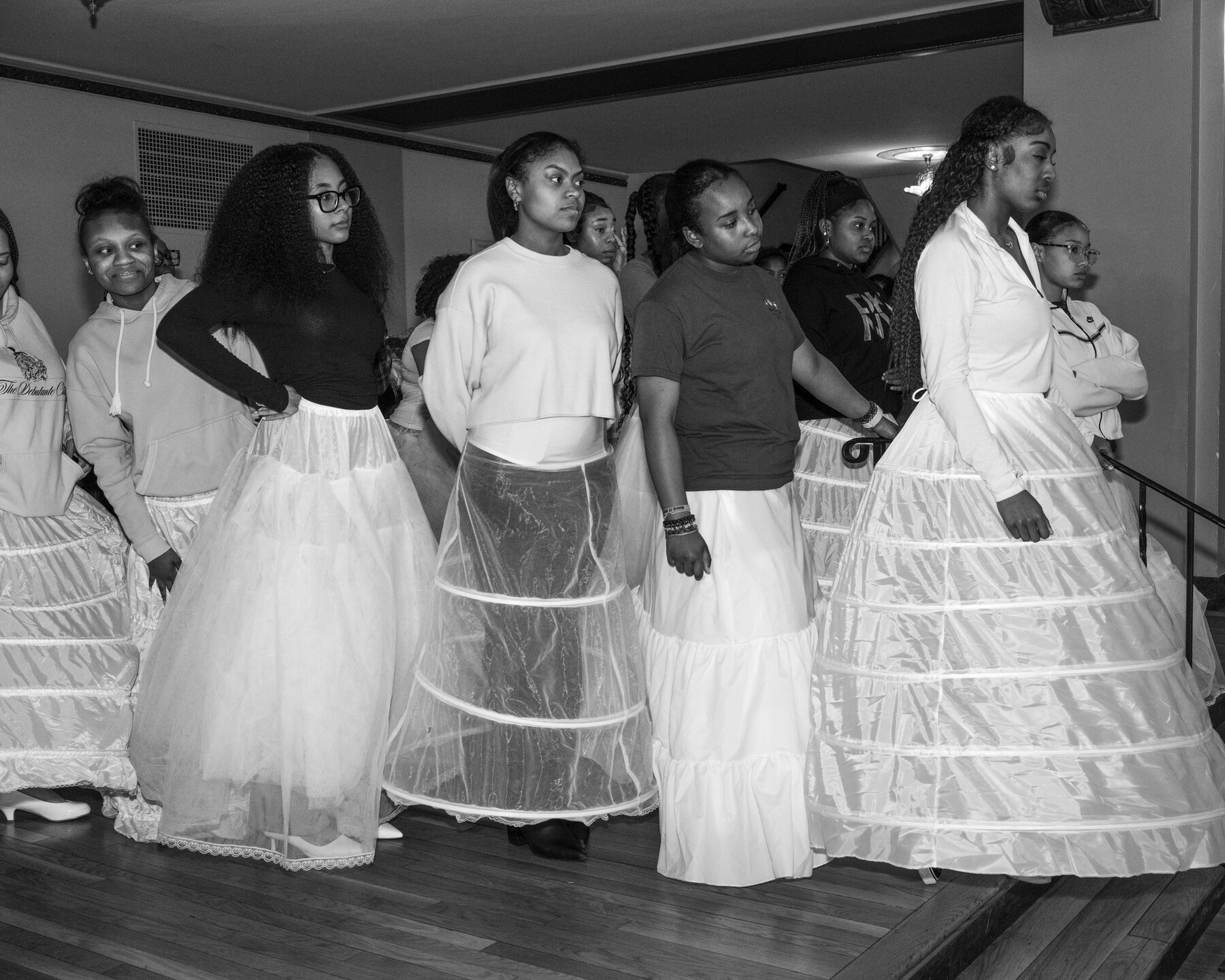
“We created an environment where we were giving each other pep talks,” said Madison Galloway, 17, one of this year’s debutantes. “Watching everybody go down, honestly, I was tearing up because we created connections and everybody looked so beautiful.”
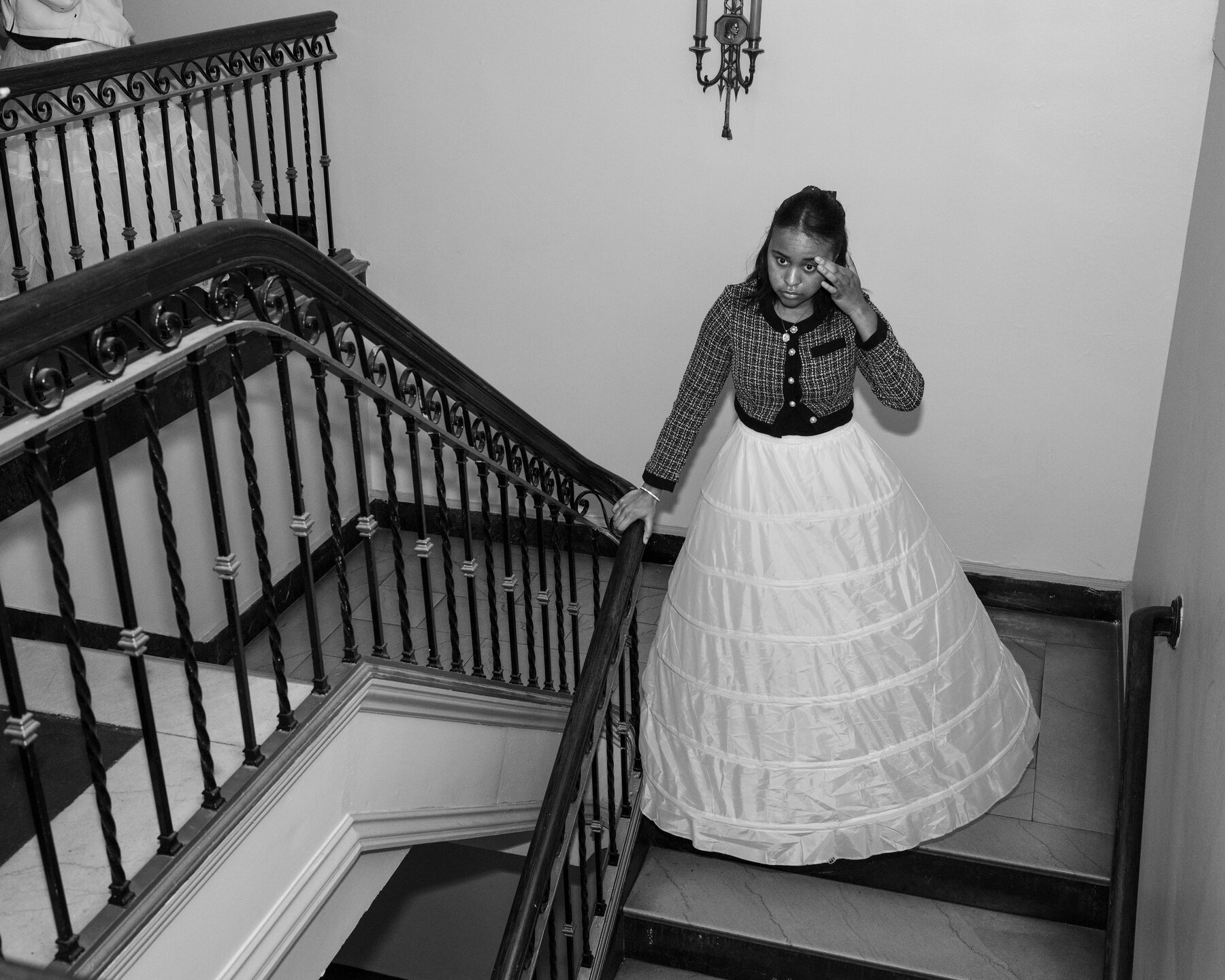
The night goes by in a swirl of satin and pearls, under the crystal chandeliers of a Masonic temple. “It felt like a scene out of ‘Bridgerton,’” said Skye Davis, 17, below, another member of this year’s cohort.
The debutantes can choose their own escorts, but Dr. Clark also has an informal system to pair up appropriate partners. (She recommends the girls not choose their boyfriends, in case they break up before the ball.)
The whole event “was just so magical, not even because we got to wear the white dress,” said Mallory Childs, 17. “We genuinely were being celebrated as Black women and Black men.”

